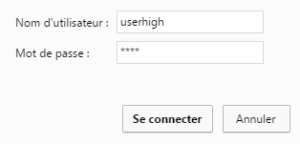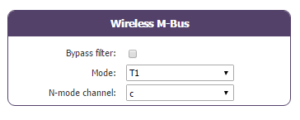Dual SIM + Dual APN + Dual priority socket
2 simultaneous 2G/3G/4G<->RS232/485
Modes: TCP server , TCP client, UDP, MQTT(s)
SSL/TLS supported
-
Modbus TCP/Modbus RTU master concentrator
-
Modbus TCP/Modbus RTU gateway
-
Modbus slave RTU/TCP (send/receive SMS,Email, SNMP traps…)
-
Serial data collected by RS232 or RS485(Modbus, sensors, meters, I/Os…)
-
Automatic data sending (HTTP/HTTPs/FTP/FTPs/MQTT/MQTTs) with custom JSON format
-
FIFO/LIFO modes
-
Pulse counter
-
Full control by SMS with phone number authorizations
-
Alarms (digital input, temp., MBus data read)
-
Send/receive SMS by Modbus TCP (for PLC)
-
Run user-programable scripts, based on JAVASCRIPT
-
Configuration by web browser, MQTT, SMS, Modbus and other
-
Full management with AT Command by serial, socket, SMS, modbus, SNMP, …
-
SSH encryption enabled, supports TACACS+
-
Compatible with DynDNS/No-IP & private DNS
-
Programmable autoreset (schedule, timer…)
-
Time synchronization (NTP) with timezones
-
Over The Air firmware upgrade (OTAP)
-
Signed firmware
-
4G connectivity supervisor to maintain connection always active
-
GSM cell location
-
Internal configuration webserver (all logos and pictures can be customized by user)
-
Clear and understandable application notes with examples (serial gateways, modbus, datalogger, SMS, metering, SNMPv2 and SNMPv3…)
-
Protocol IEC 60870-5-102 for meter reading supported
-
Configurable LEDs by user
-
Syslog: send to a remote server
| Title | Date | Download |
|---|---|---|
| AN1 - Control IP camera | 24, November 2022 | Download |
| AN3 - Control SMS commands Modbus alias | 24, November 2022 | Download |
| AN4 - Serial datalogger | 24, November 2022 | Download |
| AN5 - Basic 4G serial gateway | 24, November 2022 | Download |
| AN7 - ModbusTCP to ModbusRTU | 24, November 2022 | Download |
| AN10 - Sending SMS email traps with ModbusTCP | 24, November 2022 | Download |
| AN23 - Sending SMS emails traps with digital input | 24, November 2022 | Download |
| AN25 - Wifi to 3G access point | 24, November 2022 | Download |
| AN27 - Modbus-RTU-TCP concentrator multimap_HTTP | 24, November 2022 | Download |
| AN32 - Modbus-RTU-TCP concentrator multimap_MQTT | 24, November 2022 | Download |
| AN35 - Modbus concentrator sending data by 3G Ethernet WiFi | 24, November 2022 | Download |
| AN37 - Multiple gateway MQTT-RS232-RS48 | 24, November 2022 | Download |
| AN41 - IPSEC server IKEv2 EAP authentication | 24, November 2022 | Download |
| AN42 - IPSEC server IKEv2 PSK authentication | 24, November 2022 | Download |
| AN43 - IPSEC server IKEv2 certificate authentication | 24, November 2022 | Download |
| AN44 - IPSEC client server IKEv2 certificate authentication | 24, November 2022 | Download |
| AN45 - IPSEC server IKEv1 PSK authentication | 24, November 2022 | Download |
| AN46 - IPSEC server IKEv1 certificate authentication | 24, November 2022 | Download |
| AN47 - IPSEC client Server IKEv1 PSK authentication | 24, November 2022 | Download |
| AN48 - Serial custom datalogger | 24, November 2022 | Download |
| AN49 - Metering CSD data call | 24, November 2022 | Download |
| AN50 - Metering IP and CSD data call | 24, November 2022 | Download |
| AN51 - Metering-IEC-60870-5-102 | 24, November 2022 | Download |
| AN52 - Metering-IEC-60870-5-102 and CSD data call | 24, November 2022 | Download |
| AN53 - Metering-IEC-60870-5-102 and CSD data call and TCP gateway | 24, November 2022 | Download |
| AN54 - Failover Ethernet WiFi | 24, November 2022 | Download |
| AN55 - Sending readings through MQTT and Modbus TCP RTU remote gateway | 24, November 2022 | Download |
| AN56 - 4G serial gateway with embedded AT | 24, November 2022 | Download |
| AN57 - JSON transformer script | 24, November 2022 | Download |
| AN58 - MQTT topic function script | 24, November 2022 | Download |
| AN59 - Scripts basic | 24, November 2022 | Download |
| AN60 - Scripts sending telegram message | 24, November 2022 | Download |
| AN61 - Scripts_Communication with Android devices | 24, November 2022 | Download |
| AN62 - Sending data to DEXMA platform | 7, December 2022 | Download |
| AN63 - Read an IEC electricity meter 60870-5-102 via IP-RS232 with connection priority_EN | 3, July 2023 | Download |
| AN64 - Read an IEC electricity meter 60870-5-102 via IP-RS232 - CSD data call and local RS485 connection | 8, December 2022 | Download |
| AN66 - Sending data to Thingsboard platform | 17, March 2023 | Download |
| AN67 - Sending data to MyDevices platform | 19, October 2023 | Download |
| AN68 - Reading MODBUS with SMS commands | 19, October 2023 | Download |
| AN69 - Router Titan Sending data to eSight platform | 14, December 2023 | Download |
| AN70 - VPN ZeroTier | 14, December 2023 | Download |
| AN71 - Reading Modbus devices with the advanced expert feature | 14, December 2023 | Download |
| AN72 - Titan Router Configuration Automation via REST API from a PC | 14, December 2023 | Download |

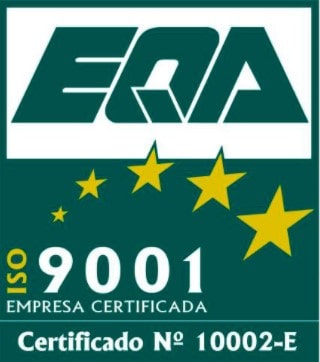
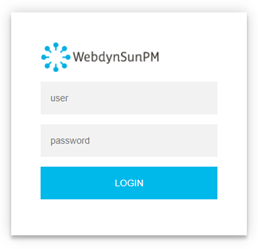
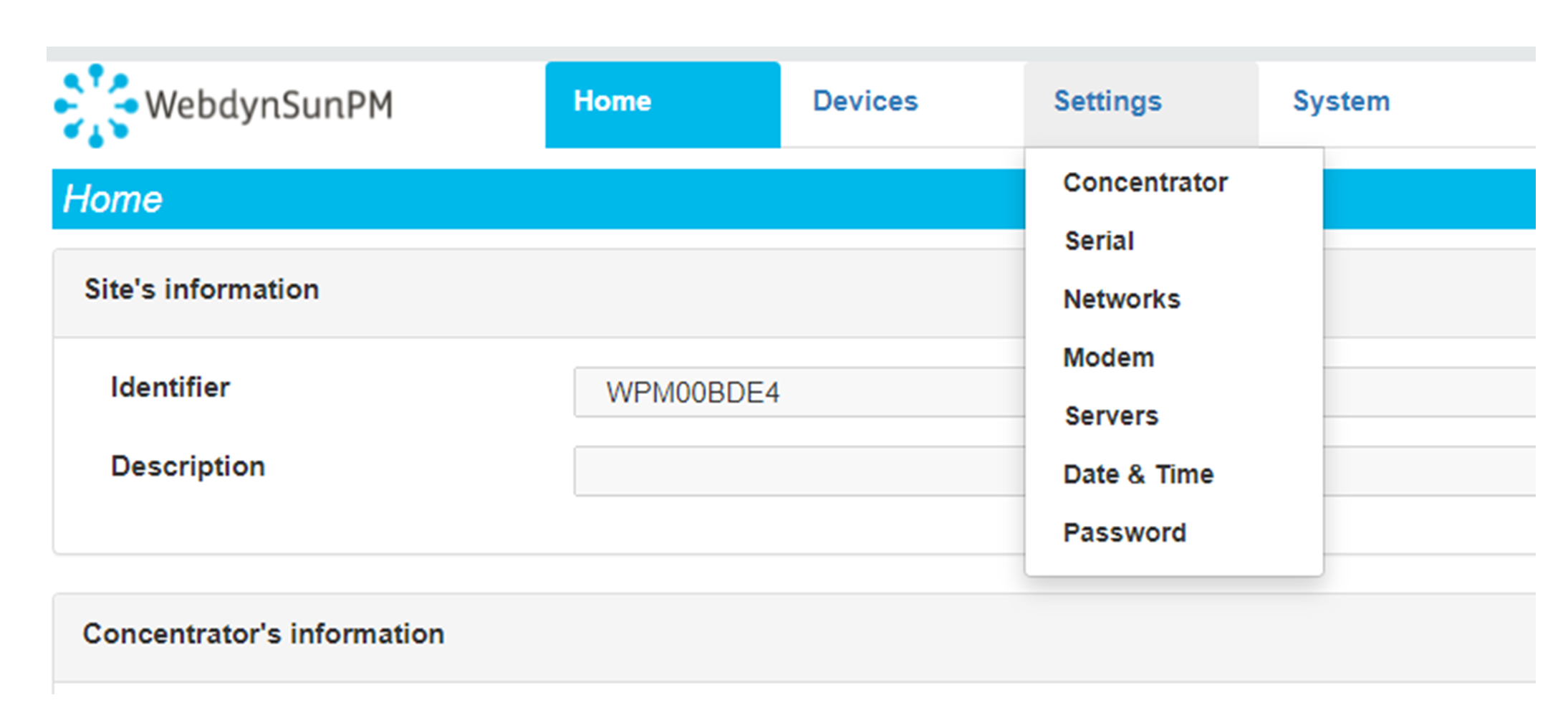 Enter the “ethernet” or “modem” connection type:
Enter the “ethernet” or “modem” connection type:
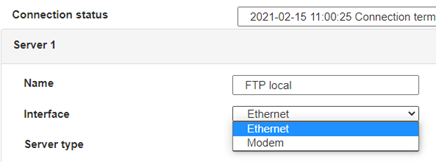 For an ethernet configuration, make sure the IP parameters are compatible with server access according to the concentrator local network configuration. For an ethernet connection, the configuration must be compatible with the concentrator’s local network topology so that it can access the servers. This configuration is done from the “Networks” configuration page (see section 3.2.2.3: “Networks”).
For a modem connection, the modem configuration must be correct before a connection can be set up. This configuration is done from the “Modem” configuration page (see section 3.2.2.4: “Modem”).
The parameters for the servers to be configured are at least the following:
For an ethernet configuration, make sure the IP parameters are compatible with server access according to the concentrator local network configuration. For an ethernet connection, the configuration must be compatible with the concentrator’s local network topology so that it can access the servers. This configuration is done from the “Networks” configuration page (see section 3.2.2.3: “Networks”).
For a modem connection, the modem configuration must be correct before a connection can be set up. This configuration is done from the “Modem” configuration page (see section 3.2.2.4: “Modem”).
The parameters for the servers to be configured are at least the following:
 Therefore the following fields need to be configured: “Interface”, “Type”, “Server type”, “Address”, “Port”, “Login” and “Password”.
The other fields can be left at the default values subject to the directories having been properly created beforehand. See section 3.1.2: “Configuration files” for more details.
Therefore the following fields need to be configured: “Interface”, “Type”, “Server type”, “Address”, “Port”, “Login” and “Password”.
The other fields can be left at the default values subject to the directories having been properly created beforehand. See section 3.1.2: “Configuration files” for more details.




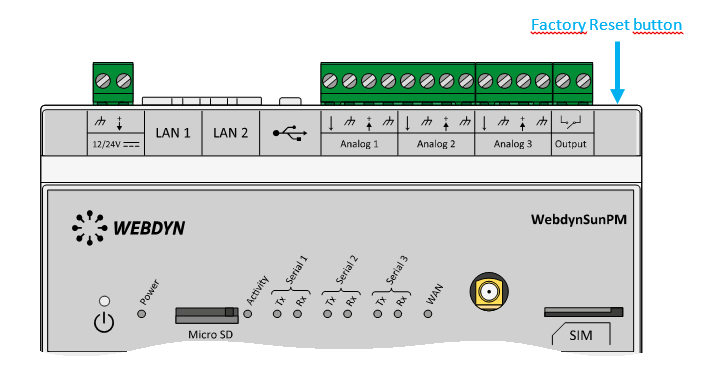 Wait. The concentrator will reboot using its factory configuration.
Wait. The concentrator will reboot using its factory configuration.

